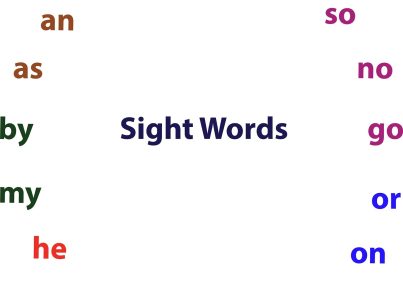Introduction
The global pandemic has brought the education system to a screeching halt, forcing teachers and students alike to adapt quickly to remote learning. While there have been some notable successes, remote learning also revealed glaring discrepancies in teaching methods, especially in reading instruction. This article discusses the challenges faced in remote reading instruction and explores how tailored approaches can better cater to individual students’ needs.
The Diversity of Reading Styles
When it comes to reading, students have varying learning styles that make a one-size-fits-all approach ineffective for remote instruction. Some students are visual learners who need visual aids, while others may be auditory learners who find reading out loud more helpful. Similarly, students with dyslexia or other learning disabilities require specialized teaching methods that can be difficult to replicate remotely.
Lack of Teacher-Student Interaction
One critical aspect of effective reading instruction is the personal interaction between teachers and students. In-person classroom settings facilitate this interaction by allowing educators to monitor student engagement, provide guidance and adjust lessons accordingly. However, remote learning reduces this interaction through limited video communication, resulting in diminished support for struggling readers.
Challenges in Assessing Student Progress
Assessing students’ reading progress can be a challenging task even within traditional classrooms. Teachers use techniques such as running records or anecdotal observations, which require close attention and monitoring. The distance barrier present in remote learning makes measuring students’ progress even more difficult. As a result, educators may not quickly identify areas where students need additional support.
Customizing Remote Reading Instruction
Fortunately, there are ways to address these challenges and provide a more personalized approach to remote reading instruction:
1. Diversify Teaching Materials: To address different reading styles, use various teaching materials such as videos, podcasts, interactive games and apps targeting specific reading skills.
2. Encourage Parent Involvement: Parents play an essential role in their children’s education, particularly during remote learning. Teachers can provide parents with suggestions for supporting their children’s reading progress and encourage regular communication about their child’s achievements and struggles.
3. Breakout Rooms: Increase student interaction by creating small-group breakout rooms during online lessons, where students can discuss reading topics, ask questions, and share their thoughts.
4. Regular Progress Assessments: Use creative assessment methods that adapt to remote learning environments, such as online quizzes, journals or digital portfolios. This allows teachers to measure students’ progress more accurately and provide timely feedback.
5. Support for Special Needs Students: Provide additional support resources like audio books or modified texts for students with learning disabilities. Offer individualized virtual tutoring sessions to cater to specific student needs.
Conclusion
Remote reading instruction shouldn’t be a one-size-fits-all approach. By acknowledging diverse learning styles, utilizing varied teaching materials, and encouraging active parent involvement, educators can make remote instruction more effective. Supporting students in continued reading growth is essential during these unprecedented times, aiming to close the achievement gap and build the foundations for future academic success.




